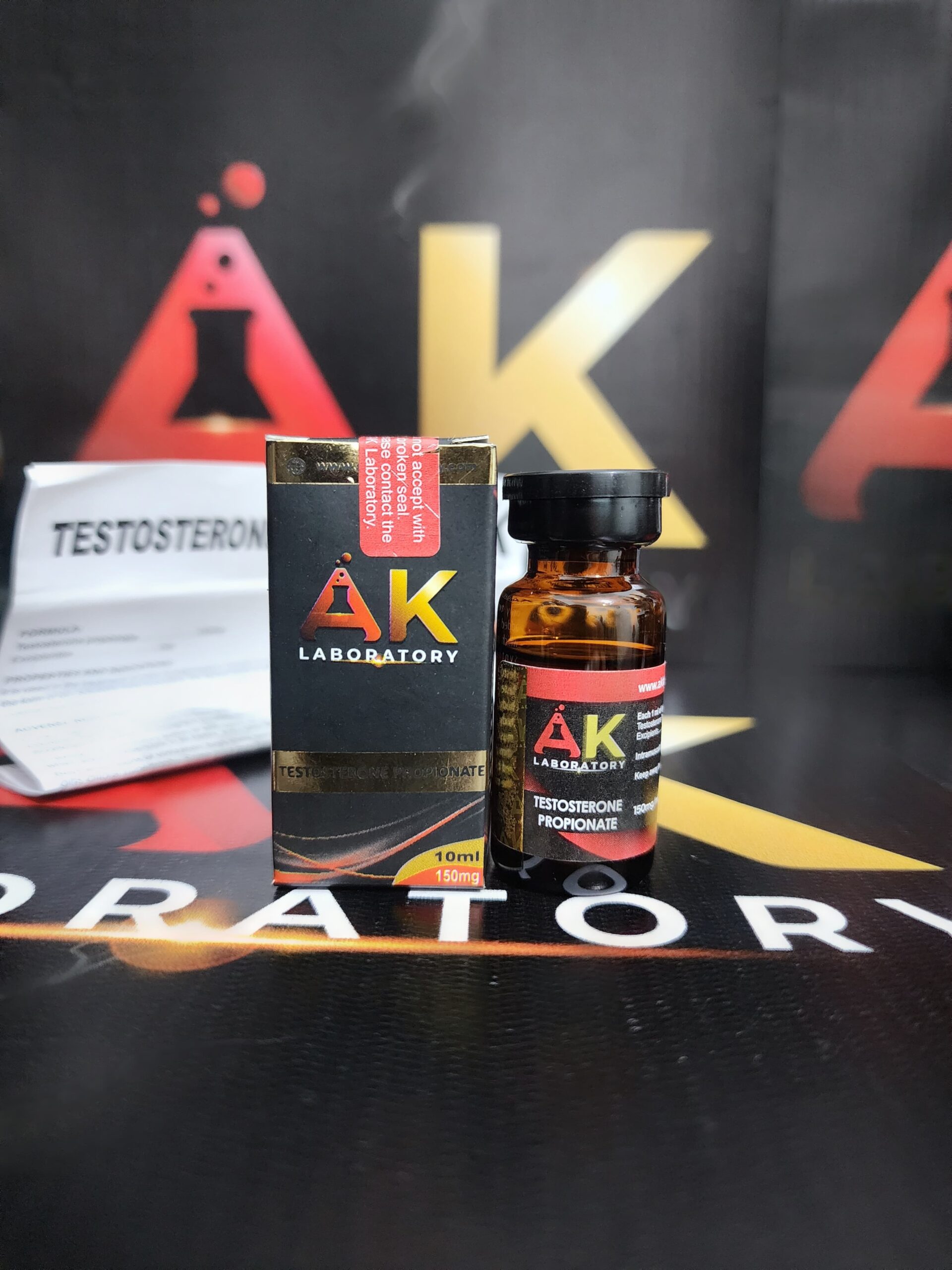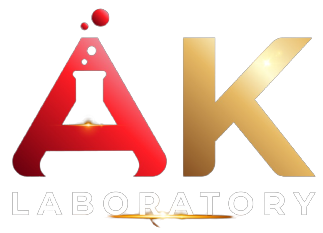Testosterone Propionate 150mg/ml
- Home
- Testosterone Propionate 150mg/ml
Description
Injectable oily solution
deep intramuscular route
Formula:
Each 1 mL of injectable oily solution contains:
Testosterone Propionate……………………………………150mg
Excipients………………………………………………………….csp
Mechanism of Action and Pharmacokinetics:
Testosterone is absorbed from the digestive tract, through the skin and oral mucosa. However, it undergoes extensive first-pass hepatic metabolism when administered orally and is therefore often administered intramuscularly, subcutaneously, or transdermally. In addition, the basic testosterone molecule has been modified to obtain orally active derivatives and prolong the duration of the effect. Alkylation of the 17a position produces derivatives that are metabolized more slowly in the liver and therefore can be administered orally. Esterification of the 17-hydroxyl group increases lipid solubility and leads to slower systemic absorption if given by intramuscular injection. The rate of absorption of esters is related to the size of the ester group.

Testosterone is approximately 80% bound to sex hormone binding globulin. 19-nostestosterone derivatives and 17α-methylated derivatives are characterized by reduced binding to this globulin. The plasma elimination half-life of testosterone ranges from 10 to 100 min. It is primarily metabolized in the liver via oxidation at the 17-OH group to form androstenedione, which is further metabolized to weakly androgenic androstenolone and inactive etiocholanolone, which are excreted in the urine primarily as glucuronone conjugates and sulfates. Approximately 6% is excreted unchanged in the faeces after undergoing enterohepatic recirculation. Testosterone is transformed into the more active dihydrotestosterone derivative in some target organs by the effect of 5α-reductase. 19-nortestosterone derivatives are less sensitive to this enzyme. Small amounts of testosterone are aromatized in the body, leading to the formation of estrogenic derivatives in the body. Derivatives with a saturated ring A, such as mesterolone, aromatize estrogen less.
Indications:
It is used in the treatment of male hypogonadism, usually in combination with testosterone enanthate.
It is used in acute renal failure in the form of oily solutions intramuscularly, the topical route is used
It is used as an adjunct in postmenopausal breast cancer, some postmenopausal disorders, and delayed puberty in children.
Posology:
In male hypogonadism: In adults, in the form of oily solutions for intramuscular use, administered in doses of 10 – 50 mg, two or three times a week.
In acute renal failure: at a dosage of 25 mg/day, for a maximum of 10 days.
Contraindications:
TESTOSTERONES should be avoided in the following cases:
Pregnancy: There have been reports of virilization of the female fetus following maternal treatment with testosterone or methyl testosterone during pregnancy.
Breastfeeding: The use of testosterone in nursing mothers should be avoided due to the potential androgenic effect on the infant.
Porphyria: Androgens are not considered safe in patients with porphyria, although contradictory experimental evidence of porphyrinogenesis is available.
Adverse reactions:
Testosterone and other androgens can produce side effects related to their androgenic and anabolic activities: increased retention of nitrogen, water and sodium, edema, increased skin vascularity, hypercalcemia, glucose intolerance and increased growth, bone and skeletal weight. Other effects include increased low-density lipoprotein cholesterol levels, decreased high-density lipoprotein cholesterol levels, increased hematocrit, and increased fibrinolytic activity. Androgens can cause headache, depression and gastrointestinal bleeding. It has been suggested that androgens may induce sleep apnea in predisposed patients.
Abnormal liver function test results have been described and case reports of hepatotoxicity, including jaundice and cholestatic hepatitis, have been published. These adverse hepatic effects have predominantly been identified with 17α-alkylated derivatives.
In men, high doses suppress spermatogenesis and produce degenerative changes in the seminiferous ducts. Priapism is a sign of overdose that is seen especially in older men. Gynecomastia has been described. Androgens can cause prostatic hyperplasia and accelerate the growth of malignant prostate neoplasms.
In women, the inhibitory action of androgens on ovarian activity and menstruation. Its continuous use produces virilization symptoms, which are not reversible in all cases, even after discontinuing treatment.
Boys show signs of virilization: boys show early sexual development with phallic hypertrophy and increased frequency of erections, and girls clitoral hypertrophy. Some guys may have gynecomastia.
Precautions and Warnings:
Use with caution in patients with cardiovascular disease, renal or hepatic insufficiency, epilepsy, migraine, diabetes or other conditions that may be aggravated by possible fluid retention or induced edema: Will not be administered to patients with hypercalcemia or hypercalciuria and will be used with caution, if there are diseases with risk of onset, such as bone metastases. Patients with hepatic impairment should not take 17α-alkylated derivatives, as these drugs increase the risk of hepatotoxicity; Moreover, they are completely contraindicated if the insufficiency is severe.
Androgens and anabolic steroids should be used with caution in pediatric patients due to masculinizing effects and premature epiphyseal closure, which can lead to inhibition of linear growth and short stature. Bone maturation should be monitored during treatment.
It should not be administered during pregnancy due to the risk of virilization of the female foetus.
Androgens and anabolic steroids interfere with several laboratory tests, such as glucose tolerance and thyroid function tests.
interactions:
Testosterone and other androgens and anabolic steroids have been reported to potentiate the activity of several drugs, with consequent increase in toxicity. Among the drugs affected are cyclosporine, antidiabetics, levothyroxine and anticoagulants such as warfarin. Resistance to the effects of neuromuscular blocking agents has also been described.
Usage restrictions:
Do not use in case of hypersensitivity to any of its components; during the period of pregnancy and lactation. Do not use in patients with high blood pressure, or in patients with cardiovascular problems, liver and kidney dysfunction.
overdose:
Many times, in doses superior to those used therapeutically, adverse effects occurred, these as a consequence of the illegal use of androgens and anabolic steroids by athletes. These effects are abnormal liver function test results and liver neoplasia, increased risk of cardiovascular disease, and impaired glucose tolerance. They frequently induce states of zoospermia or oligospermia and testicular atrophy in men and amenorrhea or oligomenorrhea in women. Gynecomastia is relatively common in men, as is virilization in women. Psychiatric disorders such as states of mania, hypomania, depression, aggression and emotional lability have been described.
In case of accidental overdose, go to the Emergency Medical Center, Toxicology Section
Presentation:
Box containing 1 vial with 10 mL of solution.
Store at a temperature below 25°C in a dry place and out of reach of children.
Prescription sale.



